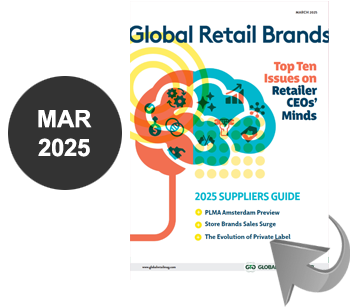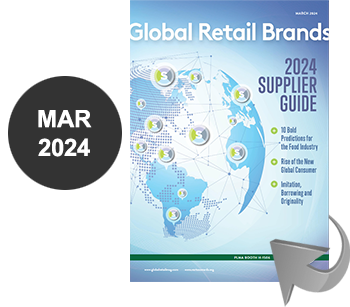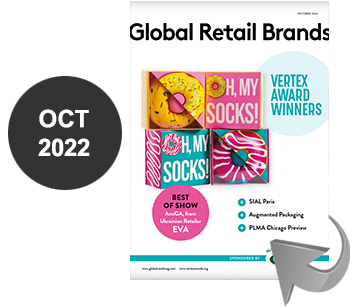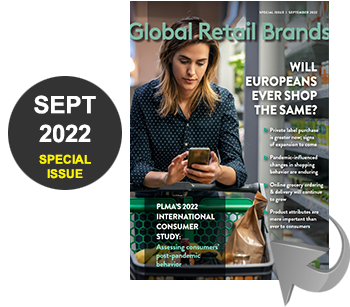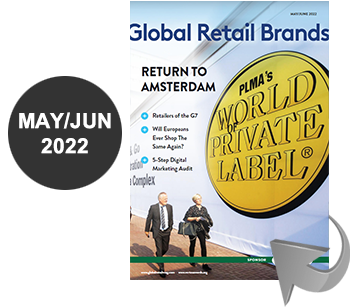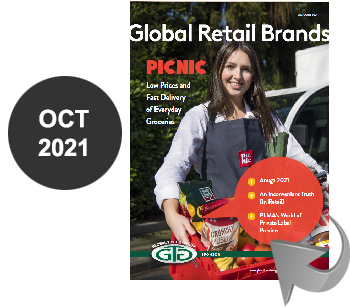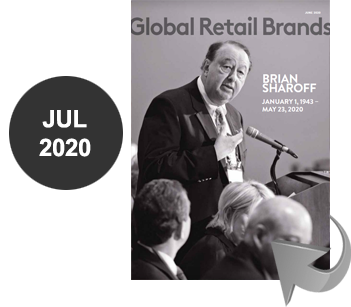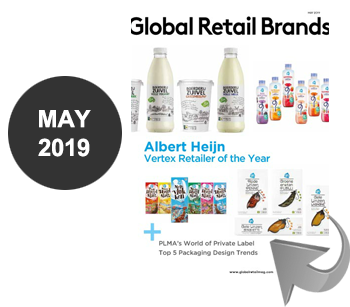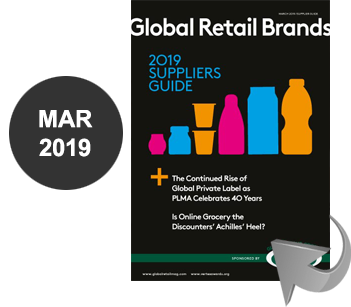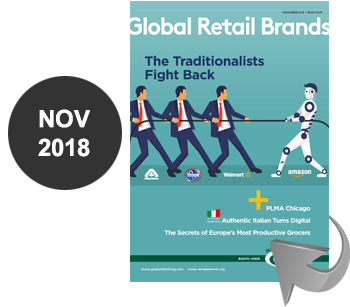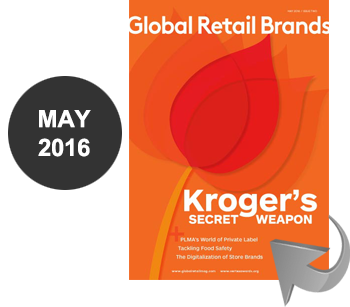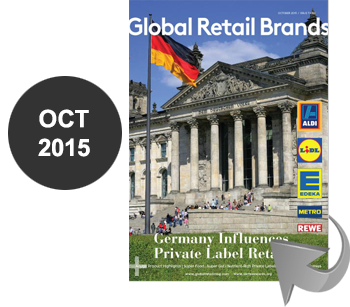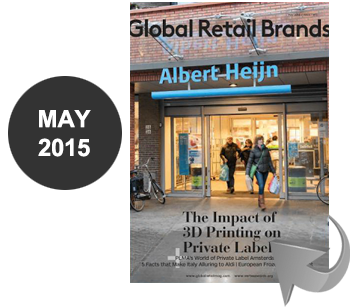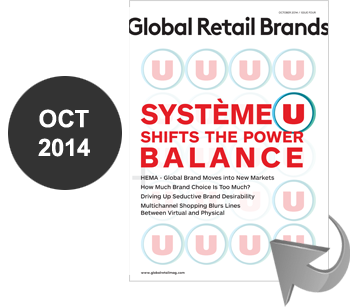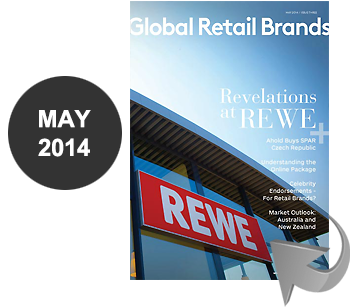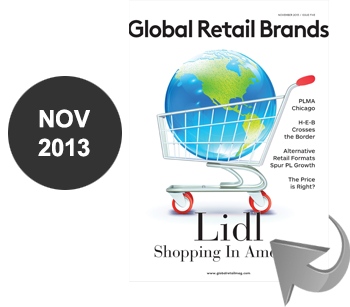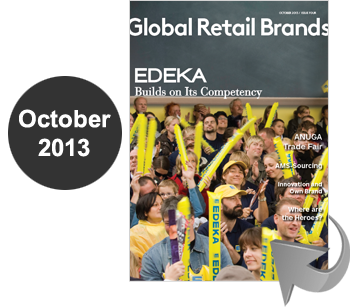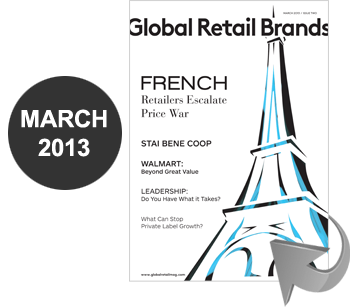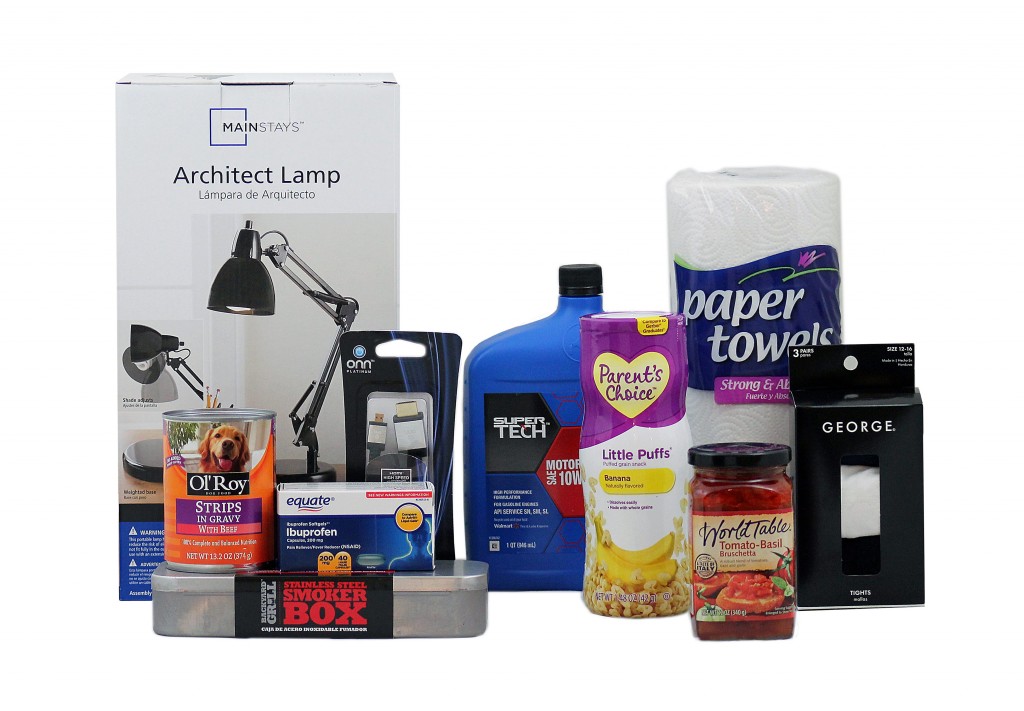 The Untold Story of the Walmart Private Brand PortfolioWritten / KIM JUSTEN
The Untold Story of the Walmart Private Brand PortfolioWritten / KIM JUSTEN
The Walmart success story. From big box pioneer Sam Walton and the corporate culture he created, to the logistical ingenuity of their global distribution system, businesses have studied it all to learn how a $1 billion retailer could grow to $446 billion in just 33 years. But in all that time, the biggest story remains untold.
In SIGHTLINE, My Private Brand President Christopher Durham, and retail branding expert Perry Seelert delve into the story of Walmart’s 50+ private brands and how they strategically interact with each other to build an incredible portfolio with a strategic advantage in the marketplace.
“When you dig into their private brand portfolio, you find that it’s far deeper, more brand savvy and more strategically diverse than reported in the past,” says Durham. “Until now, the story has been ignored because the private brand discussion has always focused on Great Value.”
“The perceived failure of Great Value wasn’t a failure of private brands as a whole,” says Seelert, co-author of the 300-page report. “It was a poor utilization of the Walmart private brand portfolio and the over extension of one generic label. But the mistakes made with Great Value, and its subsequent reinvention provide a unique look into Walmart and its private brand portfolio marketing strategy.”
SIGHTLINE, the new series of reports from My Private Brand, delivers a definitive look at the Walmart private brand portfolio including, but not solely focused on, the evolution of Great Value from the 2009 generic white monolith packaging to today’s category-focused design language, colors and design cues that emulate leading national brands, as seen in the core categories like canned vegetables, juice and crackers.
The SIGHTLINE Walmart Portfolio analysis touches every aspect of private brand in the store, looking at the more than 50 brands that cross virtually every category from grocery and personal care to home and electronics. “Walmart’s successes now drive the retail market. We knew there was a wealth of information to learn about private brand strategy by looking at both their successes and failures in that realm. The breadth, scope and significance of the Walmart private brand portfolio should have every retailer, manufacturer and CPG paying attention,” says Durham.
The analysis is the culmination of six months of research including more than 100 store walks in a dozen stores in five states. Durham and Seelert began by exploring each private brand on its own, then looking at the big picture to see the portfolio segmentation for each category before finally analyzing the data and bringing us a detailed review of the entire portfolio.
The report covers stories like the emergence of Marketplace, the upgraded brand designed to put a fresh face in the produce aisles. “With its vitality, Marketplace is driving a lot of consumer appeal in the produce section, “says Seelert, “providing unique flavors and products across dressings, marinades, salsas and more. It’s one of the five private brands you can find in the fresh departments.”
It also covers hot topics like new brand credibility, sheer category dominance, and Walmart’s unbranded strategy. SIGHTLINE looks at how Walmart builds brand credibility and how and where they are building meaningful brands, as can be seen with the increased brand sophistication of Pure Balance (premium pet), World Table (premium food), Onn (electronics) and Backyard Grill (barbeque accessories).
“With the struggles of perfecting the Great Value brand strategy, the industry is often led to believe Walmart’s brand portfolio is lacking in design credibility and overall marketing substance,” said Durham. “In SIGHTLINE, we do show where the company has struggled, but in general, the view that the portfolio is lacking couldn’t be farther from the truth. We look at all of it to provide an in-depth view of how they’ve built their portfolio and where there are opportunities for competition.”
SIGHTLINE looks at the categories where Walmart is leveraging its private brand portfolio to dominate the set. Seelert points to home décor as an example. “The private brand portfolio here is designed to target different customers with different tastes as well as in different life stages. They have created brands for the traditional mom looking for curtains with the Better Homes and Gardens licensed private brand, but step over an aisle and you’ll find Home Trends pillows for the newly graduated college student’s modern apartment. Teens redecorating their rooms will look to the cool products in Your Zone, while a newly married couple can find the basics with Mainstays. Each private brand’s positioning and segmentation is a strategic choice designed to create a private brand portfolio that engages Walmart customers, whoever they are.”
Durham stresses that unbranded products are a key part of Walmart’s private brand strategy. “Unbranded products are the hidden tactic of the sophisticated private brand portfolio strategy. They appear in categories like carbonated beverages, core health and beauty, and office products, but it’s not limited to the ‘cheap stuff.’ In Walmart, you’ll find unbranded products with a diversity of packaging design everywhere from seafood to home goods at higher price points than you’d expect, creating an artificial sense of variety and selection. When examined in detail, this tactic of the Walmart private brand portfolio strategy significantly impacts actual private brand penetration.”
Walmart’s private brand portfolio is a highly sophisticated, increasingly credible multi-billion dollar asset and should be a call-to-action for everyone in the industry. It’s a powerful tool in their quest to create differentiation and build customer loyalty and is designed to further sharpen their already piercing competitive edge.
It’s this untold strategy story that companies should be studying to fuel their own growth and profitability. SIGHTLINE was created by My Private Brand to shed light on the Walmart private brand portfolio and demonstrate how their portfolio gives them a strategic advantage in the marketplace. The analysis presents manufacturers with insight and opportunity that will allow them to better partner with Walmart, and reveals how retailers and national brands can more effectively compete.
The complete SIGHTLINE report can be purchased at: http://mypbrand.com/mpb-intelli-store/





